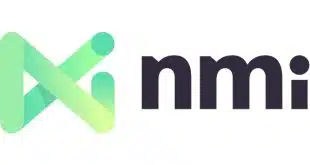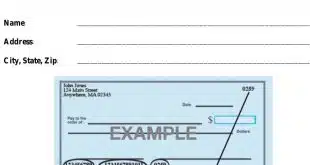The latest version of Google Wallet tended to get lost in all the hoopla surrounding Google Inc.’s launch two weeks ago of its Android Pay mobile-payments service, but while Wallet now has more modest ambitions, it could prove to be a potent force in the rapidly growing person-to-person payments business.
In some ways, what Google is calling the “new” Google Wallet is much the same as the old version. It still features a plastic card, a MasterCard debit card, to tap the Wallet balance for in-store purchases. Nor is its P2P function anything new.
But what is very new is that Google has decided to focus on P2P and make users’ money move much faster. The company had noticed with the old service that P2P was one of its fastest-growing features. Now, with the new Wallet introduced at the same time Android Pay launched, Google is using the MasterCard Send platform, introduced in May, to let users send money to anyone in the United States with an email address, with the funds settling nearly instantaneously into the recipient’s Google Wallet balance. The receiver can then move the money into a debit card or bank account.
That could prove popular with consumers who are increasingly impatient with typical clearing times for money transfers. Potentially adding to that popularity is that Wallet can be embedded in other services on the Android platform (the service also works on iPhones as of this week).
“Google can provide P2P integrated with a variety of other services such as Gmail, Google Plus,” says Rick Oglesby, senior analyst for Centennial, Colo.-based Double Diamond Payments Research, in an email message. “So the services that surround the P2P service itself provide tremendous differentiation, and the convenience of completing P2P within other, frequently used services can create a difference-making convenience factor.”
That helps when it comes to competing with fast-growing P2P apps like PayPal Holdings Co.’s Venmo, Square Inc.’s Square Cash, and new P2P services from social networks like Facebook Inc.
Indeed, Google Wallet’s new focus comes as the P2P market is in the midst of a sharp upturn. Mobile P2P transaction volume in particular is expected to grow from $7.3 billion this year to $16.8 billion by 2019, according to Forrester Research.
The new emphasis on funds transfer, in fact, lies behind Google’s decision to revamp Wallet and offer it as a separate app, rather than simply fold it into Android Pay. The new mobile-payments service appeals to cardholders who are looking for a more convenient way to store and use their cards. Google Wallet, by contrast, is most useful for a broad range of cash transactions that go well beyond typical card use, according to Google.
“Android Pay is more similar to a digitalization of [Visa and MasterCard] while [Google Wallet] is more like an American version of M-Pesa, a mobile substitute for a checking account,” says Oglesby, referring to the 8-year-old, cash-based mobile-payments service in Kenya and Tanzania.
Google won’t comment on future pricing for Google Wallet. For now, it’s free, and Google says it will stay that way for users. As the issuer, Google is presumably earning interchange income on in-store usage of the Google Wallet card.
But not all observers are convinced that revenue is the only issue facing the product. Google Wallet has struggled since its introduction in 2011 as a full-fledged mobile-payment service based on Android phones equipped with near-field communication for linkage with in-store terminals. That product never caught on, and Wallet subsequently went through at least two major revisions before arriving in its current form.
Google won’t discuss plans for Google Wallet other than to indicate that work will continue on the product and new features can be expected. Some experts sense Google has grander ambitions and question whether P2P can be Wallet’s endpoint. “It feels to me more like a placeholder to do more payment iterations in the future,” notes Steve Mott, principal at Stamford, Conn.-based consultancy BetterBuyDesign. “They have a grand strategy somewhere, but it’s hard to discern what it is.”




